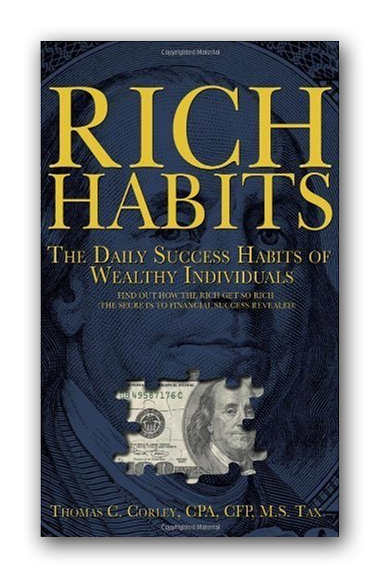
Habits are amazing things. Once formed, they become automatic, subconscious behaviors that require zero willpower. You don’t need to motivate yourself or pump yourself up to engage in a habit. All it takes is a trigger.
For Abraham Lincoln that trigger was committing something to memory. When Lincoln was studying to take the bar exam, he developed a habit that stayed with him forever.
Lincoln found it difficult to remember all of the legal concepts he needed to know in order to pass the bar exam. So, he decided to write the concepts down a minimum of there times.
After passing the bar, he incorporated this “Rule of 3” into his legal profession. Prior to presenting his case to the judge and jury, Lincoln would write down his arguments three times right before his court appearance. He became so well-respected as a lawyer that he was added to the list of lawyers who could practice before the Supreme Court of Illinois.
Lincoln took his “Rule of 3” with him into politics, eventually becoming the 16th President of the United States in March of 1861. He would write most of his own speeches using his “Rule of 3”. Because of his hectic schedule he would often have to write his speeches on the way to the speech. The Gettysburg Address, one of his most famous speeches, was written on his way to Cemetery Hill, the site of his Gettysburg Address.
When we try to memorize anything, we are using two parts of the brain: the prefrontal cortex and the hippocampus. The “Rule of 3” is a more effective way to memorize facts because it activates three parts of the brain: prefrontal cortex, hippocampus and cerebellum. Lincoln, unknowingly, was using 1/3 more of his brain with his “Rule of 3”, which made it easier for him to commit facts to memory.
If you struggle committing facts to memory, take a page out of Lincoln’s playbook and try his “Rule of 3”. It works. I’ve been using it since 1988 and it has helped me to pass the CPA exam, obtain my Masters degree in Taxation, pass the CFP exam, the Series 7 exam, and has helped me obtain several other licenses. It’s now a habit for me. I’ve incorporated the “Rule of 3” in my Rich Habits business to help me with my speaking engagements and presentations.









